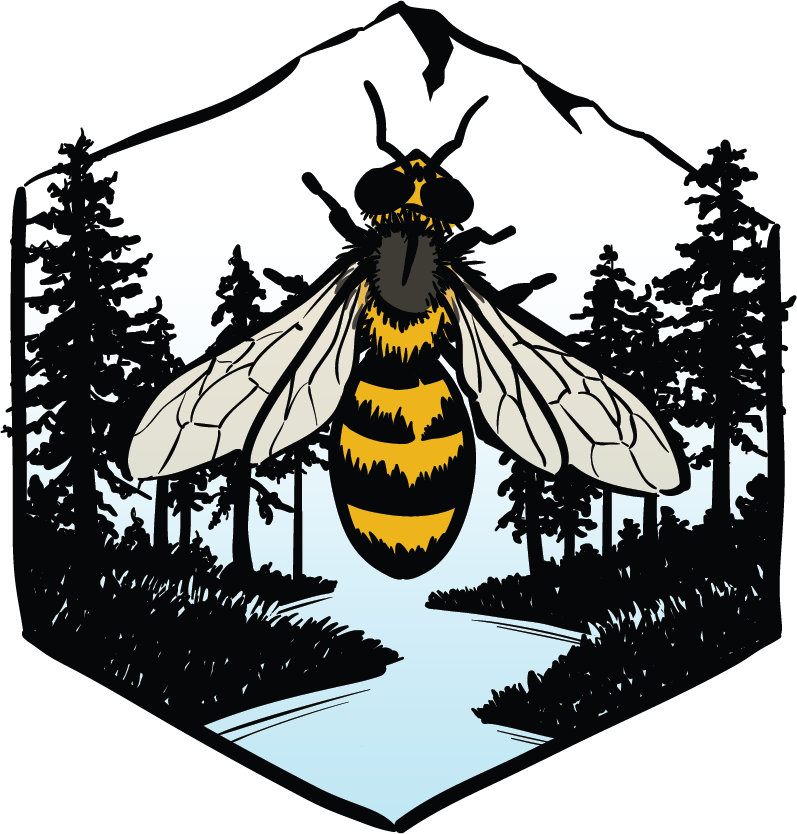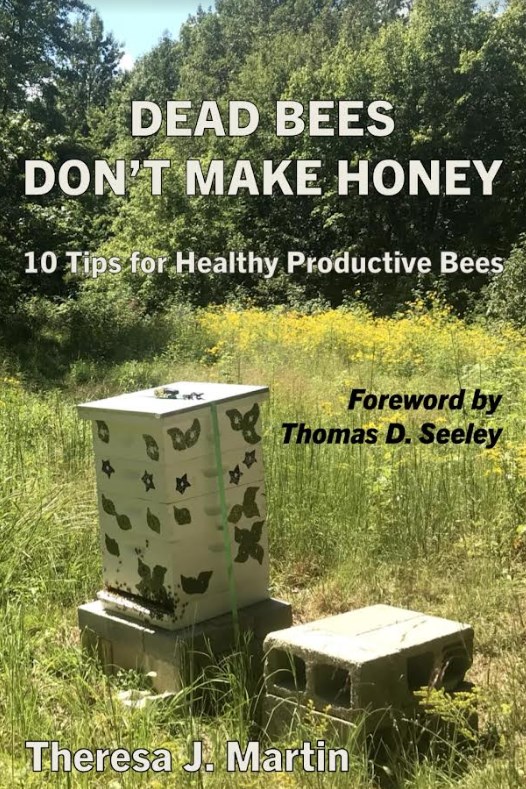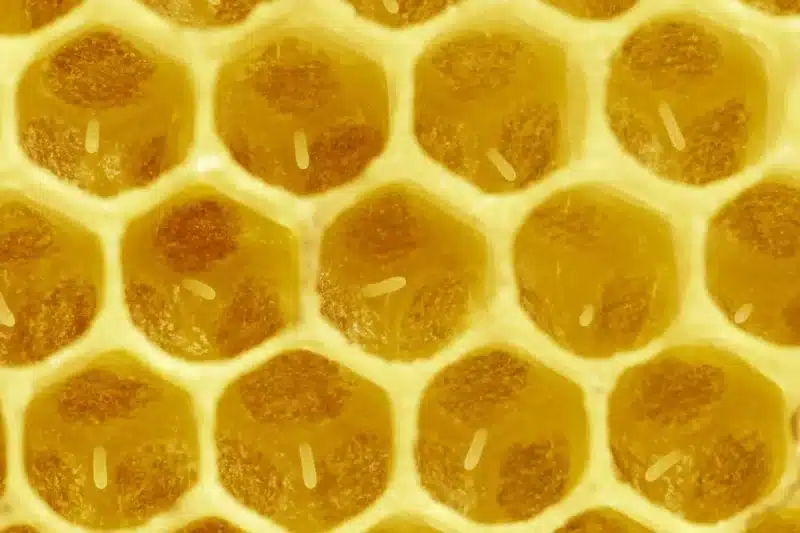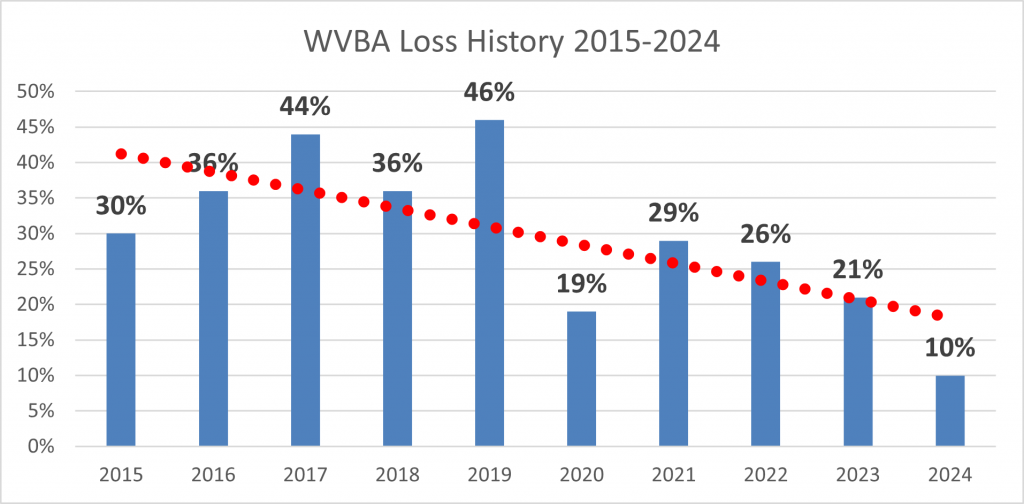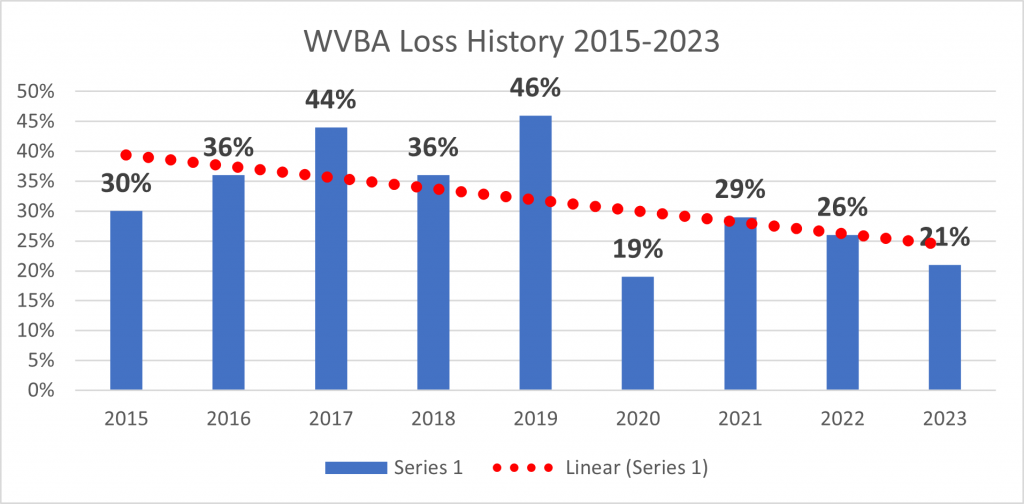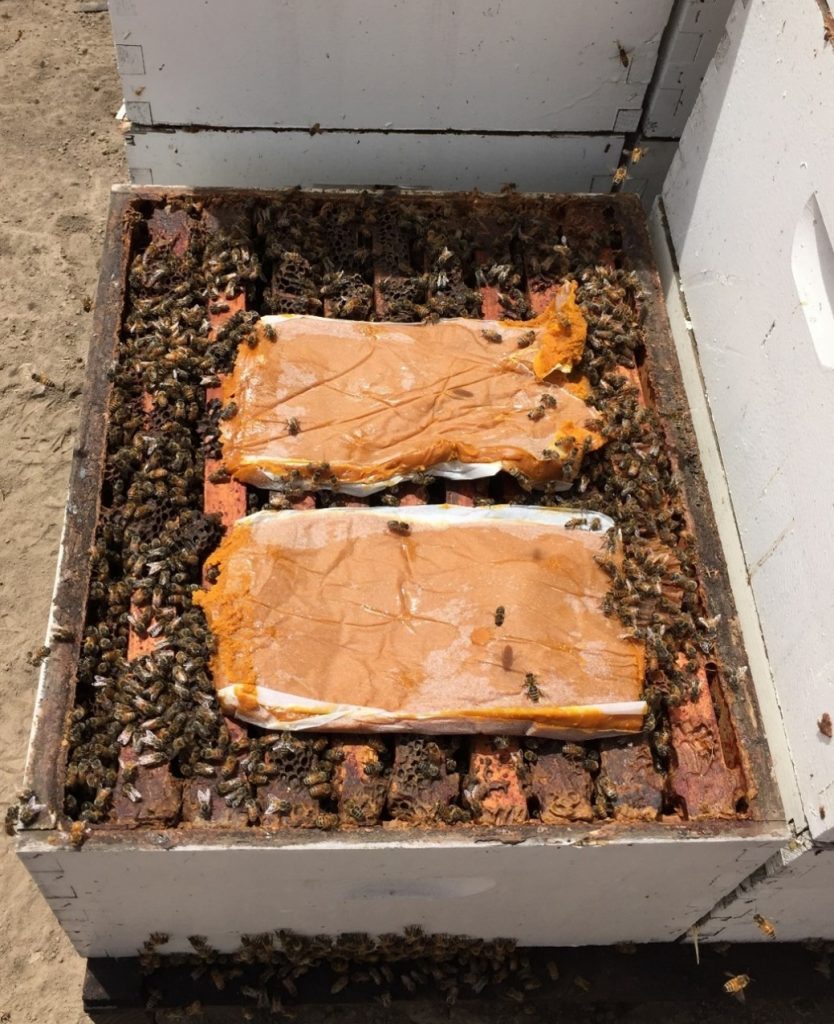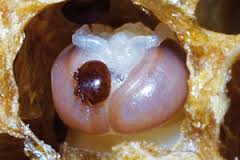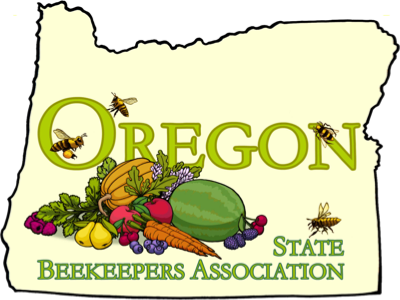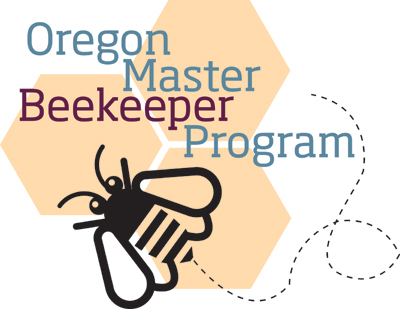Recent Articles
Dead Bees Don’t store Honey
Have you thought about treatment-less beekeeping? Dead Bees Don’t Make Honey by Theresa Martin (2024. Little Wolf Farm, ISBN 979-8-9902757-0-6, available from Amazon) is best explained by its subtitle 10 tips for Healthy Productive Bees. This newest of practical paperbacks is an extremely well written guide to help ensure success…
Queens can lay different egg sizes
A bee egg is 1/1000th the size of the eventual adult bee. It may surprise you that all the eggs a queen lays in beeswax comb cells are NOT the same size. Younger-aged queens, not surprisingly, lay more robust, larger eggs than older-aged queens. Two-year old queens lay eggs that…
2023-24 Winter Loss Report
WVBA members are encouraged to complete a web-based survey document in a continuing effort to define overwintering losses/successes of backyard beekeepers in Oregon. This was the 15th year of such survey activity. I received 171 reports from Oregon beekeepers keeping anywhere from 1 to 41 colonies; Willamette Valley members sent…
PNW =honeybeesurvey OPEN
The pnwhoneybeesurvey is OPEN. The members of WVBA have been especially supportive of this annual survey of Oregon and Washington backyard beekeepers. Please participate before May 1st @ https://pnwhoneybeesurvey.com/survey/ If you want a quicker survey experience please print the note sheet @ https://pnwhoneybeesurvey.com/notesheet/ which is a great tool just…
Bee nutrition – a great new guide
Just in time for our early season decision making on what is best to feed our bees is the latest release from the Honey Bee Health Coalition Honey Bee Nutrition Guide . https://honeybeehealthcoalition.org/nutritionguide/ The guide reviews the basic of bee nutrition and serves as a manual for supplemental feeding in bee…
Varroa control— what’s NEW?
The Varroa mite is a formidable foe? As my April PNW survey shows, our annual loses, most specialists agreeing due to varroa mites, continues around 40%. We need better tools (better bees/weaker mites/better controls) to combat the mite. Here are three promising developments that might help. Weaker Mites: Greenlight…
email list submission
Our Friends
WVBA is a chapter of the Oregon State Beekeepers Association. We are grateful to Chemeketa Community College for allowing us to hold our meetings on their campus. The Oregon Master Beekeeper Program is a joint effort of the Oregon State Beekeepers Association and Oregon State University; we passionately support its mission.
